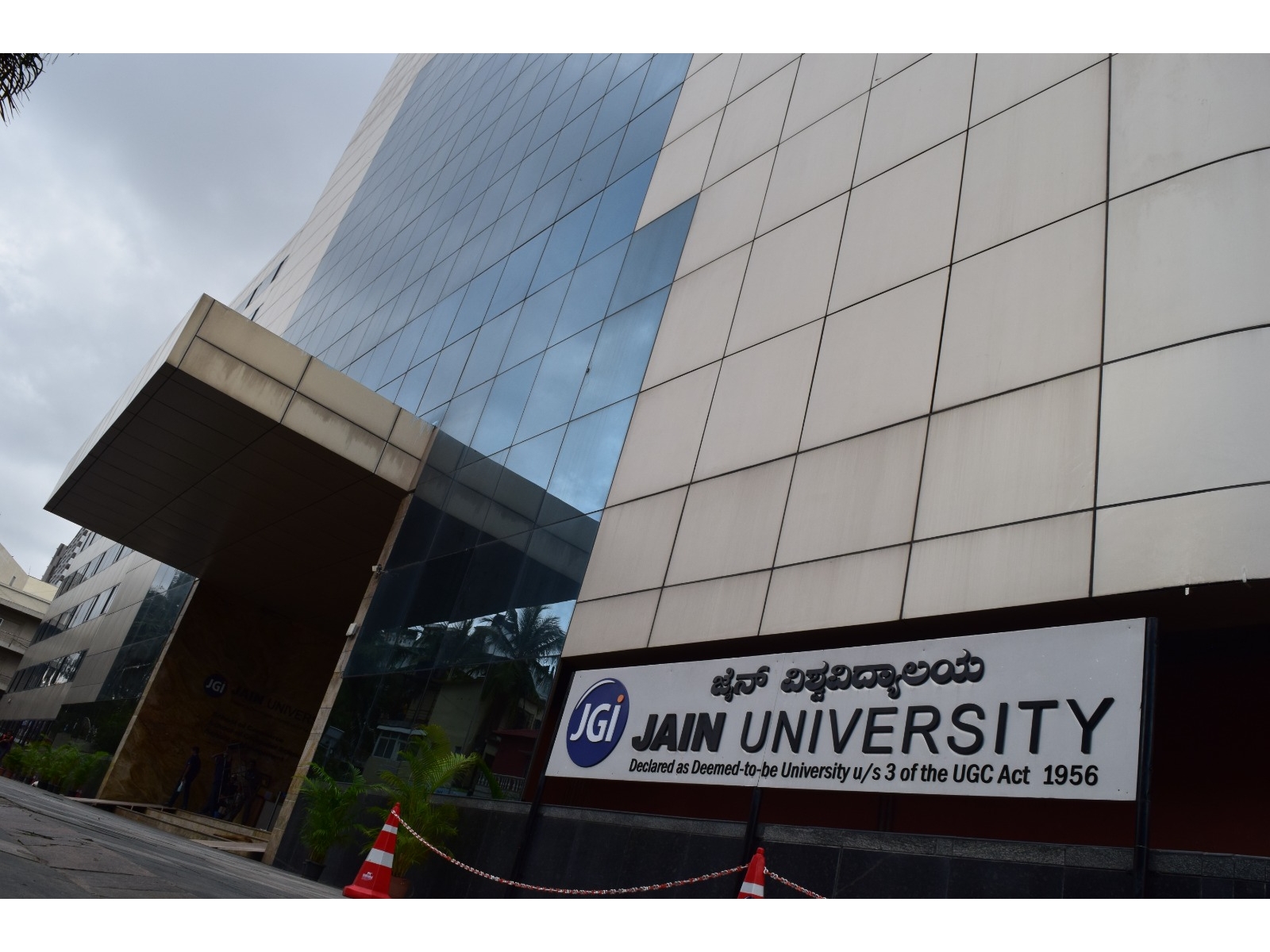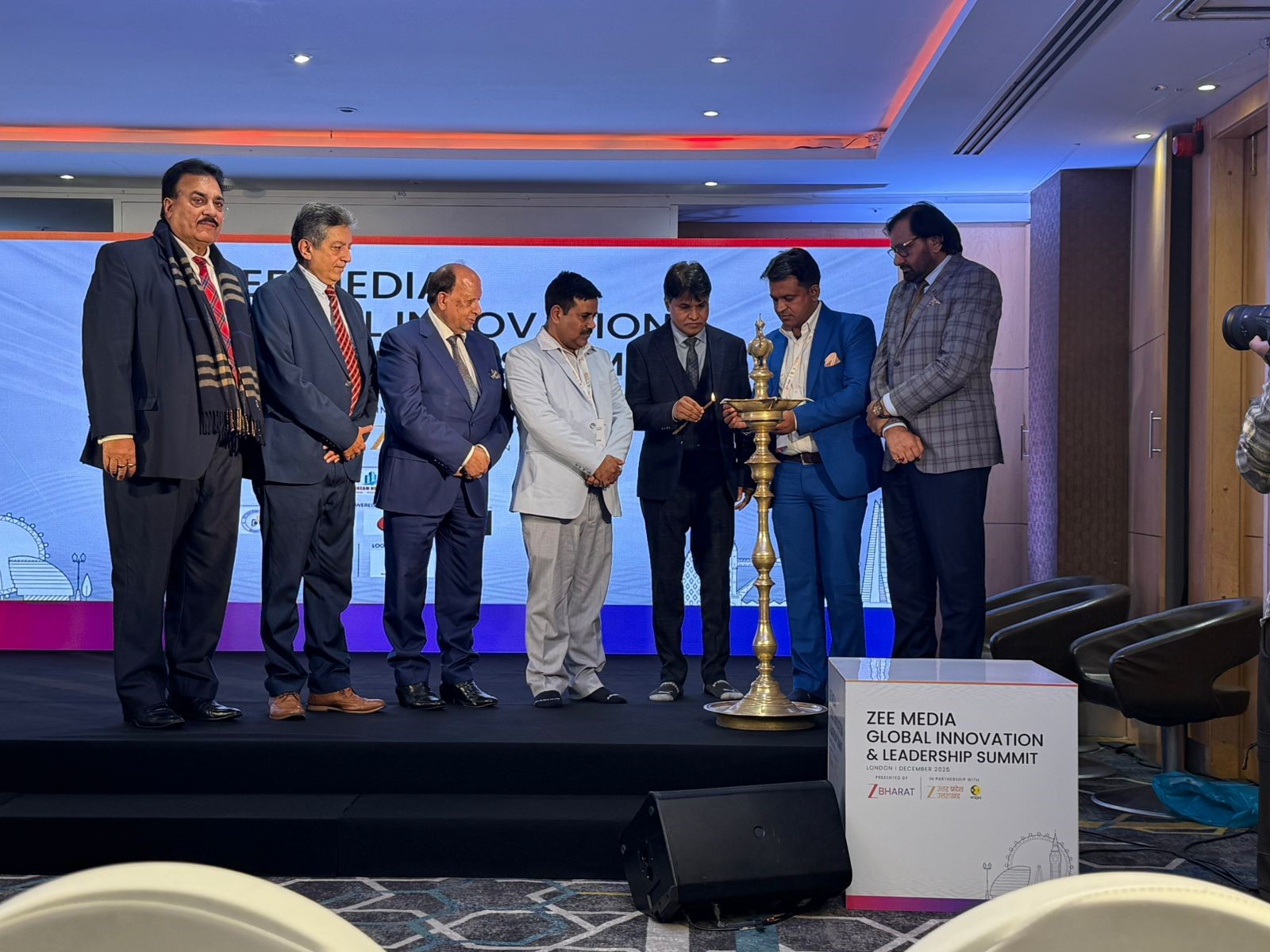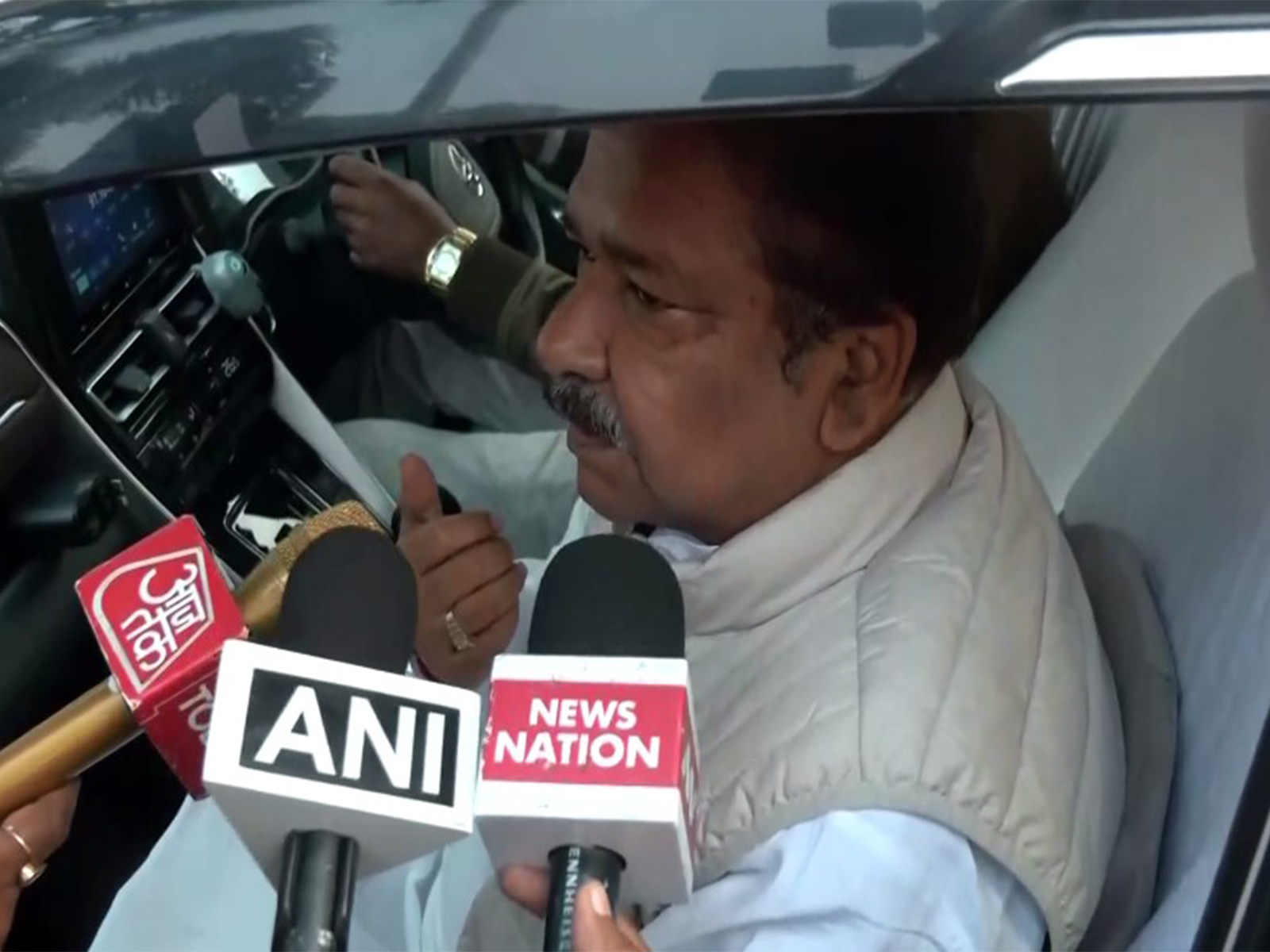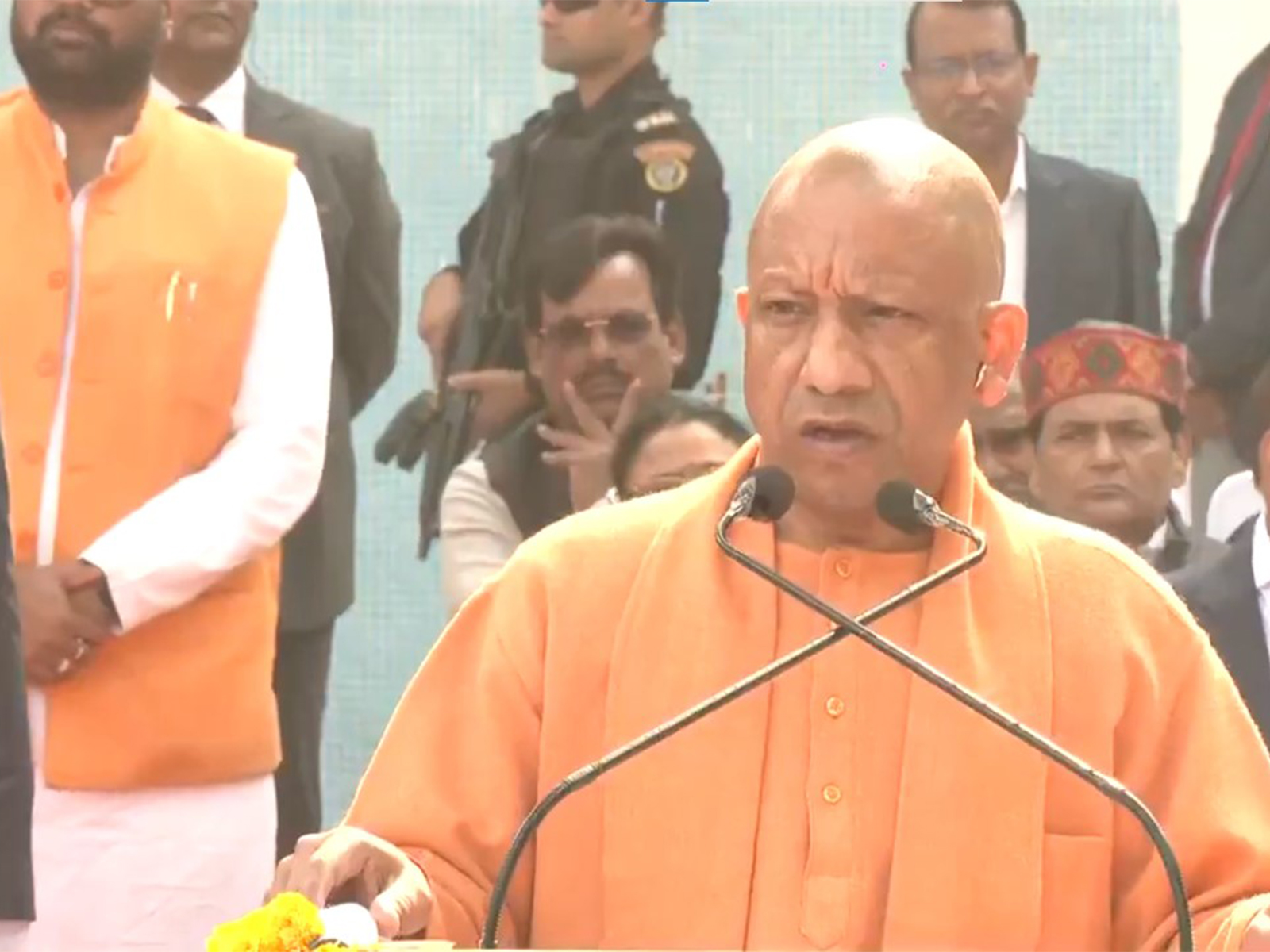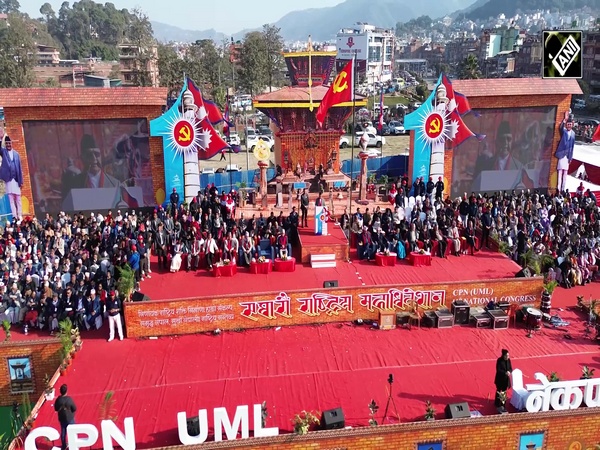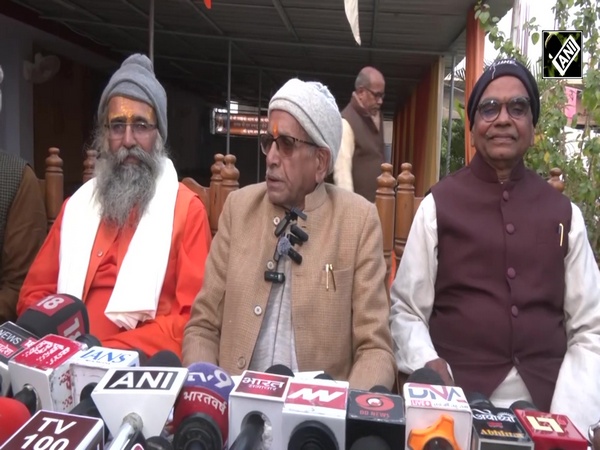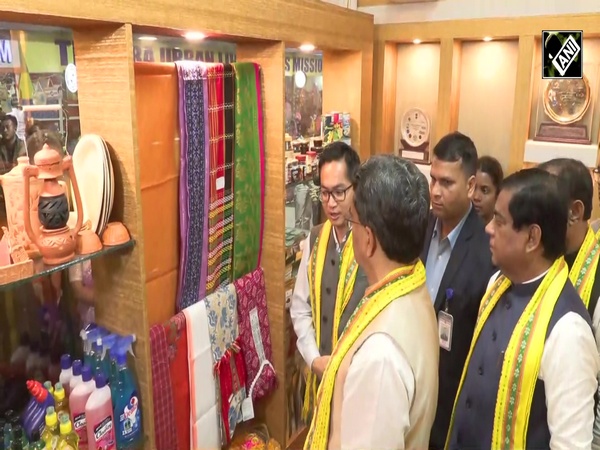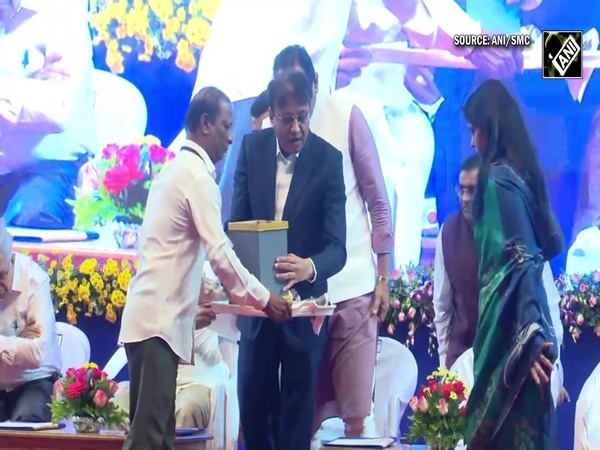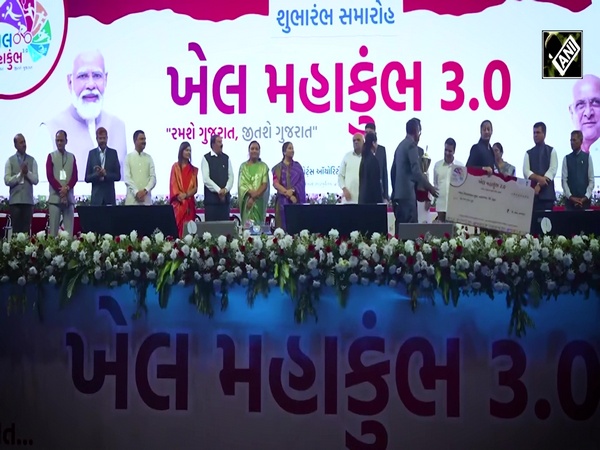NICDC, IIT Delhi sign MoU to assess locations for setting up greenfield smart cities
Feb 26, 2024

New Delhi [India], February 26 : A Memorandum of Understanding (MoU) was signed on Monday with an objective to evaluate optimality of locations for development of greenfield industrial smart cities in India leveraging the principles and framework of PM GatiShakti.
The parties involved in the signing of the agreement are National Industrial Corridor Development Corporation Limited (NICDC) under DPIIT and the Foundation for Innovation and Technology Transfer at IIT Delhi.
Led by Rajesh Kumar Singh, Secretary of the Department for Promotion of Industry and Internal Trade (DPIIT), the collaboration marks an important move towards using advanced technology and research to strengthen India's industrial infrastructure. This will also help both the organizations leverage each other's strength in their respective domains.
The MoU signing ceremony was attended by Col Naveen Gopal, COO (FITT, IIT Delhi), Prof Nomesh Bolia, Prof Sanjeev Deshmukh, Deepak Gautam, Pratik Badgujar and officials from NICDC.
Speaking on the occasion, Rajat Kumar Saini, IAS, CEO and MD of NICDC, expressed optimism about the transformative potential of the partnership.
"By leveraging advanced technologies and research expertise, we aim to identify locations conducive to industrial development, thereby attracting investments, promoting local commerce and generating employment opportunities," said Saini.
The two entities collaborated to assess the optimal locations for developing greenfield industrial smart cities across India by leveraging the spatial and analytical data tools of PM GatiShakti, National Master Plan portal.
This initiative aligns with India's vision to emerge as a global manufacturing hub, emphasizing the importance of data-driven, decision-making in sustainable futuristic urban planning and development.
As per the MoU, FITT-IITD will leverage its technological prowess and research capabilities to analyse various factors influencing location optimality, including ease of business, living costs, logistic costs, multi-modal connectivity, ease of living index, living costs, potential of particular industry(s), raw-material availability and sustainability.
The comprehensive report produced as a result of this collaboration will serve as a guiding framework for future urban planning decisions, facilitating the development of greenfield cities tailored to meet the evolving needs of industry and society.
As India aims to become a USD 5 trillion economy, efforts like this show how important technology, research, and working together are in building a strong and lasting future. This is crucial to achieve the goal of 'Viksit Bharat' (developed India) by 2047.
